Related Research Articles

William Butler Yeats was an Irish poet, dramatist and writer, and one of the foremost figures of 20th-century literature. He was a driving force behind the Irish Literary Revival, and along with Lady Gregory founded the Abbey Theatre, serving as its chief during its early years. He was awarded the 1923 Nobel Prize in Literature, and later served two terms as a Senator of the Irish Free State.

The Abbey Theatre, also known as the National Theatre of Ireland, in Dublin, Ireland, is one of the country's leading cultural institutions. First opening to the public on 27 December 1904, and moved from its original building after a fire in 1951, it has remained active to the present day. The Abbey was the first state-subsidized theatre in the English-speaking world; from 1925 onwards it received an annual subsidy from the Irish Free State. Since July 1966, the Abbey has been located at 26 Lower Abbey Street, Dublin 1.

Isabella Augusta, Lady Gregory was an Anglo-Irish dramatist, folklorist and theatre manager. With William Butler Yeats and Edward Martyn, she co-founded the Irish Literary Theatre and the Abbey Theatre, and wrote numerous short works for both companies. Lady Gregory produced a number of books of retellings of stories taken from Irish mythology. Born into a class that identified closely with British rule, she turned against it. Her conversion to cultural nationalism, as evidenced by her writings, was emblematic of many of the political struggles that occurred in Ireland during her lifetime.
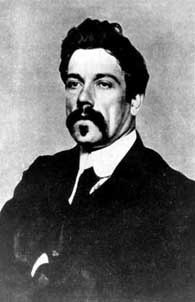
Edmund John Millington Synge was an Irish playwright, poet, writer, collector of folklore, and a key figure in the Irish Literary Revival. His best-known play The Playboy of the Western World was poorly received, due to its bleak ending, depiction of Irish peasants, and idealisation of patricide, leading to hostile audience reactions and riots in Dublin during its opening run at the Abbey Theatre, which he had co-founded with W. B. Yeats and Lady Gregory. His other major works include In the Shadow of the Glen (1903), Riders to the Sea (1904), The Well of the Saints (1905), and The Tinker's Wedding (1909).

Irish literature is literature written in the Irish, Latin, English and Scots languages on the island of Ireland. The earliest recorded Irish writing dates from back in the 7th century and was produced by monks writing in both Latin and Early Irish, including religious texts, poetry and mythological tales. There is a large surviving body of Irish mythological writing, including tales such as The Táin and Mad King Sweeny.
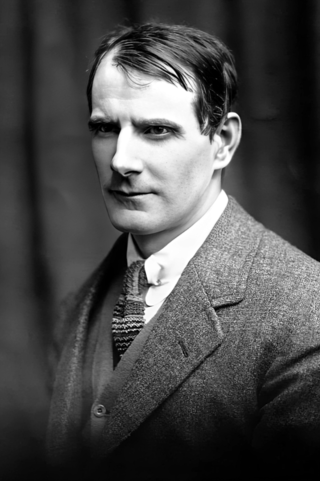
Seán O'Casey was an Irish dramatist and memoirist. A committed socialist, he was the first Irish playwright of note to write about the Dublin working classes.

Annie Elizabeth Fredericka Horniman CH was an English theatre matron and manager. She established the Abbey Theatre in Dublin and founded the first regional repertory theatre company in Britain at the Gaiety Theatre in Manchester. She encouraged the work of new writers and playwrights, including W. B. Yeats, George Bernard Shaw and members of what became known as the Manchester School of dramatists.
The Irish Literary Revival was a flowering of Irish literary talent in the late 19th and early 20th century. It includes works of poetry, music, art, and literature.

Padraic Colum was an Irish poet, novelist, dramatist, biographer, playwright, children's author and collector of folklore. He was one of the leading figures of the Irish Literary Revival.
The Irish Literary Theatre was founded by W.B. Yeats, Lady Gregory, George Moore and Edward Martyn in Dublin, Ireland, in 1899. It proposed to give performances in Dublin of Irish plays by Irish authors.
Events in the year 1904 in Ireland.
Anne Butler Yeats was an Irish painter, costume and stage designer.
Thomas F. Kilroy was an Irish playwright and novelist.
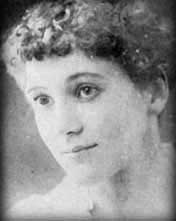
Florence Beatrice Emery was a British West End leading actress, composer and director. She was also a women's rights activist, journalist, educator, singer, novelist, and leader of the occult order, the Hermetic Order of the Golden Dawn. She was a friend and collaborator of Nobel laureate William Butler Yeats, poet Ezra Pound, playwright Oscar Wilde, artists Aubrey Beardsley and Pamela Colman Smith, Masonic scholar Arthur Edward Waite, theatrical producer Annie Horniman, and many other literati of London's fin de siècle era, and even by their standards she was "the bohemian's bohemian". Though not as well known as some of her contemporaries and successors, Farr was a "first-wave" feminist of the late 19th and early 20th centuries; she publicly advocated for suffrage, workplace equality, and equal protection under the law for women, writing a book and many articles in intellectual journals on the rights of "the new woman".
The Countess Cathleen is a verse drama by William Butler Yeats in blank verse. It was dedicated to Maud Gonne, the object of his affections for many years.
Hellenistic Judaism was a form of Judaism in classical antiquity that combined Jewish religious tradition with elements of Hellenistic culture and religion. Until the early Muslim conquests of the eastern Mediterranean, the main centers of Hellenistic Judaism were Alexandria in Egypt and Antioch in Turkey, the two main Greek urban settlements of the Middle East and North Africa, both founded in the end of the 4th century BCE in the wake of the conquests of Alexander the Great. Hellenistic Judaism also existed in Jerusalem during the Second Temple Period, where there was a conflict between Hellenizers and traditionalists.
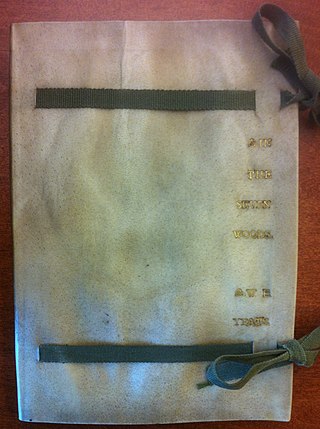
On Baile's Strand is a play written by W. B. Yeats and first printed in In the Seven Woods published by Dun Emer Press in 1903. The play was first performed at the grand opening of the Abbey Theatre on 27 December 1904. The play is based around the Irish mythological hero Cuchulain.
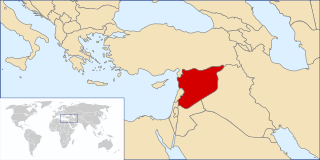
The Greeks in Syria arrived in the 7th century BC and became more prominent during the Hellenistic period and when the Seleucid Empire was centered there. Today, there is a Greek community of about 4,500 in Syria, most of whom have Syrian nationality and who live mainly in Aleppo, Baniyas, Tartous, and Damascus, the capital. There are also about 8,000 Greek-speaking Muslims of Cretan origin in Al-Hamidiyah.
The Abbey Theatre School or the Abbey School of Acting, was a drama school associated with the Abbey Theatre, Dublin, Ireland. Established in 1911 by W. B. Yeats, it was developed by Lady Gregory to continue performances in Dublin while the main cast of the theatre was overseas, usually in America.

Dolly Robinson was an Irish artist and theatre designer.
References
- ↑ Baird, Mary Julian, RSM (1967). "A Play on the Death of God: The Irony of Yeats's The Resurrection". Modern Drama. 10 (1): 79–86. doi:10.1353/mdr.1967.0012.
{{cite journal}}: CS1 maint: multiple names: authors list (link) - ↑ Jeffares, Alexander Norman; A. S. Knowland (1975). A commentary on the collected plays of W. B. Yeats. Stanford University Press. ISBN 0-8047-0875-4.
- ↑ Welch, Robert (2003). The Abbey Theatre, 1899-1999: form and pressure. Oxford University Press. ISBN 0-19-926135-0.